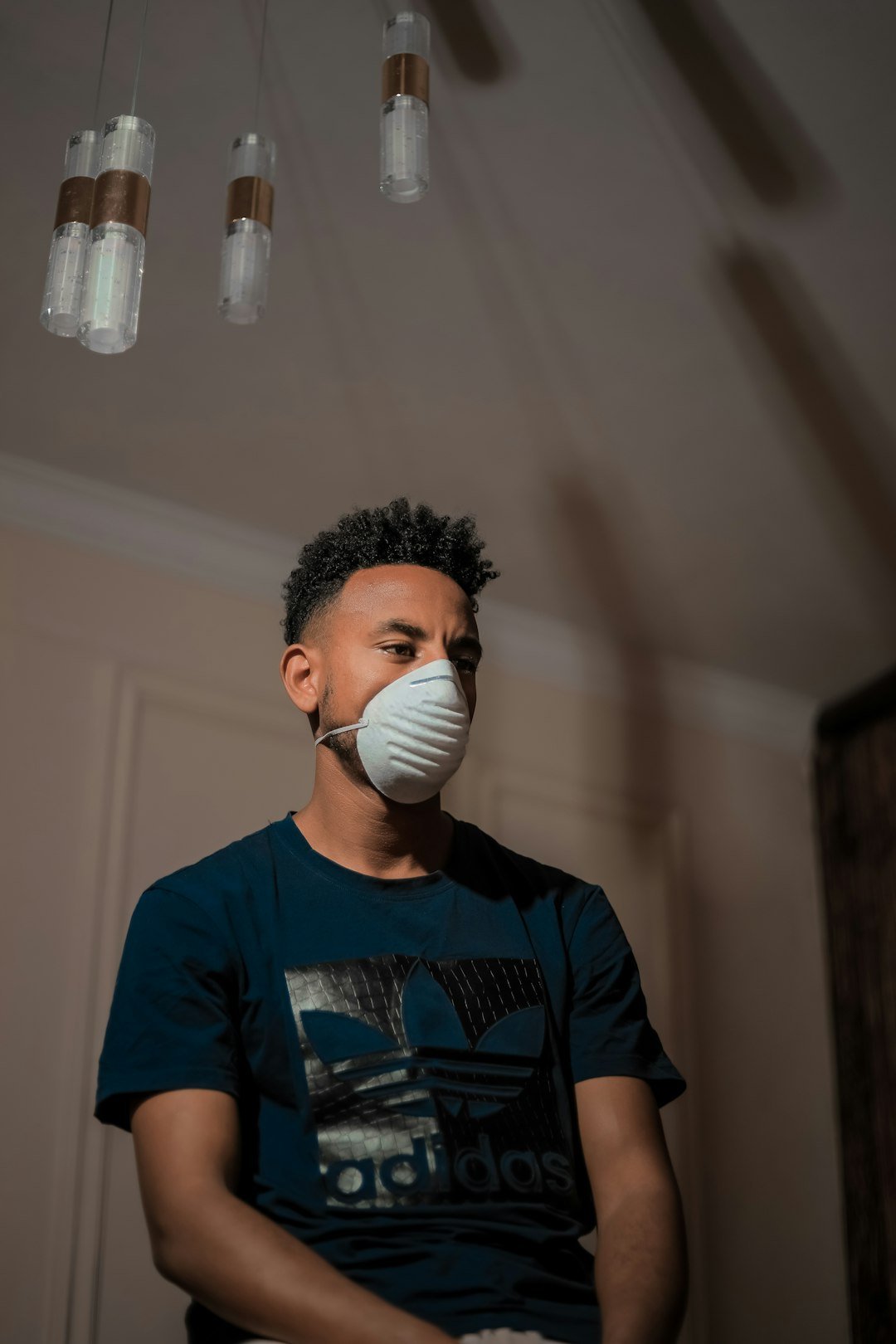
As COVID-19 cases continue to climb across the United States, with over 200,000 fatalities reported by September, alongside a flood of inaccurate information, individuals are increasingly uncertain about appropriate behaviors during this crisis.
Whether you’re seeking a fresh way to alleviate stress or exploring additional strategies to support your overall well-being, identifying activities that minimize COVID-19 risks can feel overwhelming. Background data from health experts highlights that the virus spreads primarily through close contact and respiratory droplets, making it essential to prioritize safety in daily choices.
If you’re grappling with decisions on safe practices amid the pandemic, you’re far from alone. To help navigate this period more effectively, consider these thoughtful suggestions for engaging activities that balance enjoyment with health precautions:
Prioritize Staying Indoor When Unsure
In the face of COVID-19, numerous activities have become risky due to their potential for transmission. Yet, this doesn’t require abandoning leisure entirely—focusing on community health remains paramount. For instance, public health guidelines emphasize reducing interactions in enclosed spaces to limit viral spread.
Thus, it’s advisable to steer clear of group settings like indoor fitness classes for yoga, cycling, or boxing, where heavy breathing and close quarters heighten exposure. Events such as festivals, gatherings, and community celebrations like fairs or processions should also be avoided. These measures not only safeguard your health but also curb the unintentional transmission of the virus to others.
Before joining any gathering or entering shared spaces, regularly assess your own symptoms, as early detection is key. Being vigilant about COVID-19 signs—such as fever, cough, or loss of taste—enables quick self-isolation and testing, preventing wider community impact. Ultimately, as long as your plans align with CDC recommendations, it’s beneficial to step away from daily pressures and pursue relaxing pursuits responsibly.
Arrange Those Overdue Health Checkups
The pandemic has significantly disrupted access to routine medical services, as people hesitate to seek care and providers focus on virus-related cases. According to recent reports, routine visits dropped by nearly 50% in 2020, underscoring the broader effects on preventive health.
Even so, protecting against other health issues remains crucial while in isolation. With the virus dominating much of the year, it’s common to have skipped annual exams with professionals like dentists, physicians, or eye doctors. While concerns about safety are valid, remember that maintaining comprehensive health is vital, especially now.
Healthcare facilities have introduced robust safeguards, including routine health screenings for visitors, enforced social distancing, mandatory protective gear for staff, and mask requirements. These steps ensure that providers can address patient needs while minimizing infection risks, making it safer to schedule essential appointments.
Postpone Non-Essential Beauty Services
For now, it’s wise to delay visits to hair salons, which pose a notable threat due to the close proximity involved. Stylists often work directly with clients’ hair, making physical distancing challenging, and with multiple clients per day, the potential for virus circulation increases significantly. Data from contact tracing efforts show that such environments have been linked to outbreaks in several regions.
Although medical offices carry risks too, they address critical needs unlike cosmetic treatments. If a salon visit is unavoidable, opt for quicker options like a simple trim rather than lengthy procedures such as coloring. This approach helps balance personal care with safety considerations.
Revise Your Everyday Habits
The global fight against COVID-19 has forced many routines to halt, leaving people confined at home with limited opportunities for physical exertion. Additionally, the shift to remote work has reduced overall movement, exacerbating sedentary lifestyles and contributing to issues like weight gain and mental fatigue, as noted in studies from the World Health Organization.
This decline in activity can negatively impact physical and mental health, but avoiding high-risk venues like gyms and recreational centers is still recommended. With sports events canceled, finding ways to incorporate fitness can be tricky during quarantine.
Fortunately, there are straightforward, low-risk methods to maintain fitness at home. Consider these options:
• Switch to an Stability Ball: Replace your standard office chair with a stability ball to engage your core muscles and improve posture throughout the day. If that’s not suitable, try standing at your desk to enhance blood flow and reduce sitting time.
• Use Your Break Wisely: In pre-pandemic times, lunch breaks offered a chance to recharge, but working from home often leads to skipping them. Instead, step away from your workstation and take a masked walk in your neighborhood, adhering to social distancing to safely incorporate exercise and fresh air.
• Explore Desk-Based Workouts: This year calls for innovative approaches to fitness, such as “deskercise,” which involves simple exercises and stretches performed at your desk to alleviate the discomfort of prolonged sitting. These can be done anywhere, from your couch to your workspace.
Given the ongoing health threats, boosting physical activity is more important than ever, as it strengthens the immune system and supports mental resilience—areas particularly strained by the pandemic. While gyms and studios remain off-limits, creative adaptations can deliver the exercise your body needs.
Embark on a Safe New Pursuit
Incorporating a new hobby into your quarantine schedule can provide a low-risk outlet for enjoyment and growth. Activities like gardening allow you to venture outdoors, promote movement, and foster a serene environment that boosts mood and reduces anxiety, with benefits backed by research on nature’s role in mental health.
From planting shade trees in your yard to initiating a community vegetable garden, this pastime offers therapeutic value and opportunities for sunlight exposure. Plus, it’s an inclusive activity that encourages family participation, shifting focus from screen time to shared experiences.
If gardening doesn’t appeal, there are other secure options such as painting, crafting, outdoor golf, angling, or hiking in less crowded areas. Navigating what’s safe in these uncertain times requires caution until vaccines are widespread, but prioritizing your well-being ensures you stay as vibrant as possible.
Though tending to physical, mental, and emotional needs has grown more challenging, these adapted activities can help restore a sense of normalcy and resilience.
